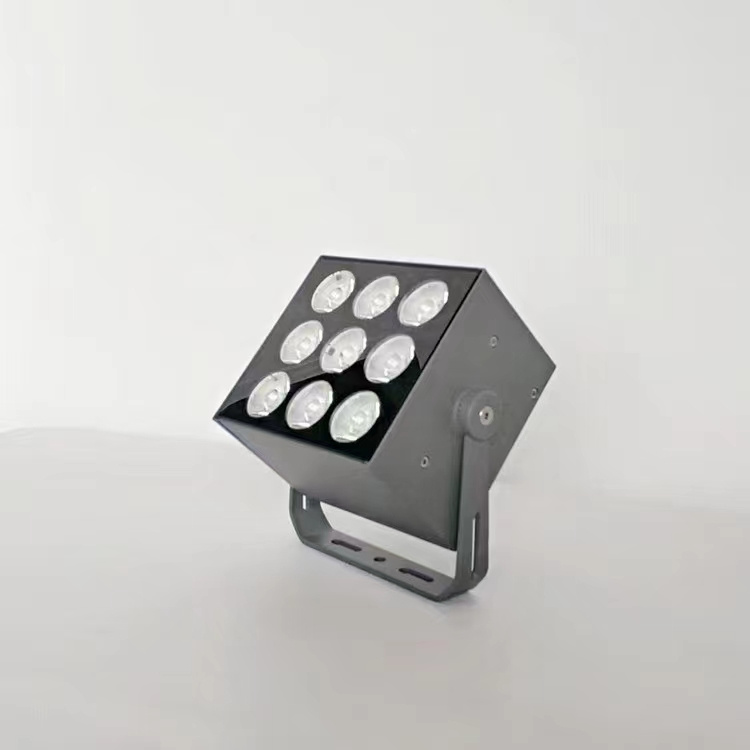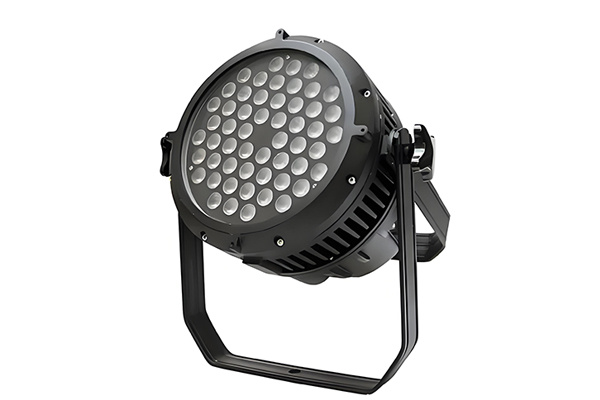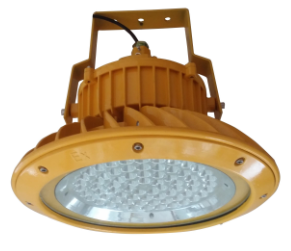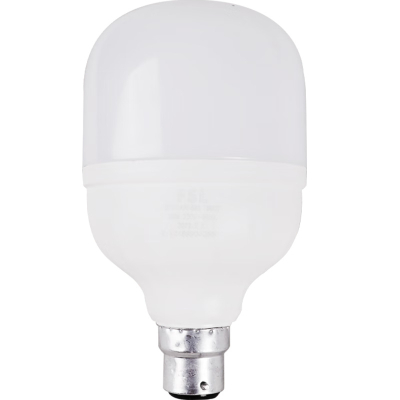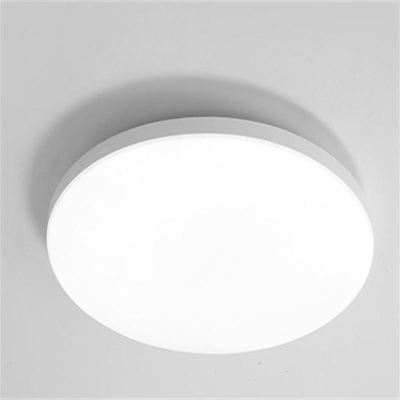Wide Beam Floodlight
A wide - beam floodlight is a lighting fixture designed to emit a broad and diffused beam of light over a large area. The beam angle of a wide - beam floodlight typically exceeds 90 degrees, sometimes reaching up to 180 degrees or more. Its main purpose is to provide extensive and even illumination for a wide - ranging area, such as large - scale outdoor spaces, industrial work areas, or indoor venues where comprehensive lighting coverage is essential.
Construction and Components
Light Source
The light source used in a wide - beam floodlight can vary. Commonly, light - emitting diodes (LEDs) are utilized due to their energy - efficiency and long lifespan. In a wide - beam model, multiple LED chips are often grouped together on a circuit board to achieve the necessary light output. The number and power of these chips depend on the desired luminosity. Some wide - beam floodlights may also use other light sources like halogen or fluorescent lamps. The color temperature of the light can be adjusted according to the specific application, with options such as warm - white (around 2700 - 3000K) for a more comfortable and inviting illumination or cool - white (around 5000 - 6000K) for a brighter, more daylight - like effect.
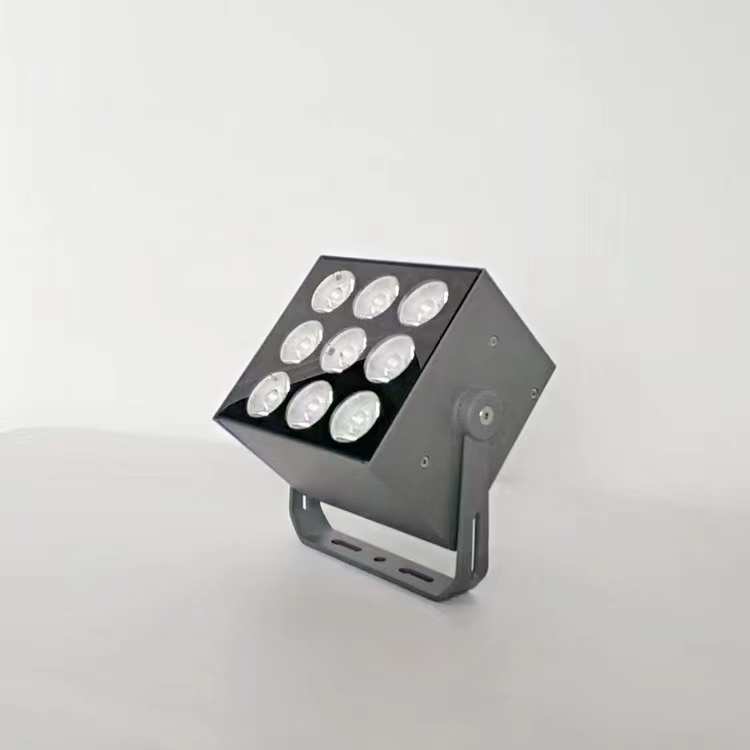
Optical System
The optical system is a crucial part of a wide - beam floodlight and is responsible for shaping and diffusing the light. It usually includes a reflector and a lens. The reflector is designed to have a relatively shallow shape compared to narrow - or medium - beam floodlights. It is often made of a reflective material such as polished aluminum or a reflective plastic coating. The purpose of the reflector is to bounce and spread the light from the source as widely as possible. The lens, which can be made of glass or high - quality plastic, is used to further diffuse the light. A diffuser lens with a textured or frosted surface is commonly used to scatter the light rays and create a more even illumination pattern across the wide beam.
Housing
The housing of a wide - beam floodlight serves to protect the internal components from the environment. It is typically made of durable materials like die - cast aluminum or high - strength plastic. The housing is designed to be weather - resistant, with features such as rubber gaskets to seal the unit and prevent the ingress of water, dust, and other contaminants. A wide - beam floodlight's housing usually has a mounting mechanism, such as a bracket or a flange, which allows it to be attached to various surfaces like walls, poles, or ceilings. Some housings also incorporate a heat - sink to dissipate the heat generated by the light source, especially in LED - based models.

Power Supply and Driver (for LED - based floodlights)
For LED - based wide - beam floodlights, an LED driver is an essential component. The driver converts the alternating current (AC) from the mains supply to the direct current (DC) required by the LED chips. It also regulates the voltage and current to ensure the proper operation and longevity of the LEDs. In the case of other light sources, appropriate power - conversion components like transformers are used to supply the correct voltage and current.
3. Working Principle
When the wide - beam floodlight is connected to a power source, in the case of an LED - based model, the AC voltage is first converted to DC through the LED driver. The regulated DC current then passes through the LED chips. As electrons in the semiconductor material of the LEDs recombine with holes, energy is released in the form of photons. The optical system, including the reflector and the lens, then collects and spreads these photons to create a wide - beam illumination. The reflector bounces the light in a wide pattern, and the lens further diffuses the light, ensuring that the light is evenly distributed over a large area.
4. Advantages
Large - area Illumination
The most significant advantage of a wide - beam floodlight is its ability to cover a vast area with a single fixture. This makes it ideal for lighting up large - scale outdoor areas such as sports fields, parking lots, or construction sites. In an indoor setting, it can provide even lighting for large - volume spaces like warehouses or auditoriums.
Uniform Illumination
Due to its diffused beam, a wide - beam floodlight can provide relatively uniform lighting across the target area. This is beneficial for applications where consistent visibility is required, such as in work areas where there are no distinct shadows or bright spots that could cause visual discomfort or safety hazards.
Cost - effectiveness for Coverage
When compared to using multiple narrow - or medium - beam floodlights to cover the same large area, a wide - beam floodlight can be a more cost - effective solution. Fewer fixtures are needed to achieve the desired lighting coverage, which can lead to lower installation and energy - consumption costs.
5. Disadvantages
Less Intense Illumination at a Distance
The light intensity of a wide - beam floodlight decreases more rapidly with distance compared to narrow - beam floodlights. As a result, it may not provide sufficient illumination for objects or areas that are far away. For example, in a large sports stadium, while it can cover the playing field, it might not be able to provide a bright enough light on the far - away stands.
Potential for Light Pollution
Because of its wide - spreading beam, there is a higher chance of light spilling over into unwanted areas, causing light pollution. This can be a problem in areas where light needs to be contained, such as in residential neighborhoods near a sports field or a well - lit industrial area.
6. Applications
Wide - beam floodlights are extensively used in outdoor settings. They are used to illuminate sports fields like football or soccer stadiums, baseball diamonds, and tennis courts. In parking lots, they provide comprehensive lighting for the safety of vehicles and pedestrians. They are also used for lighting up large - scale industrial yards, construction sites, and public areas such as parks and gardens.
In large - volume indoor spaces, wide - beam floodlights are used for general illumination. This includes warehouses, factories, large - format retail stores, and auditoriums. They can provide a well - lit environment for work, storage, shopping, or events.

